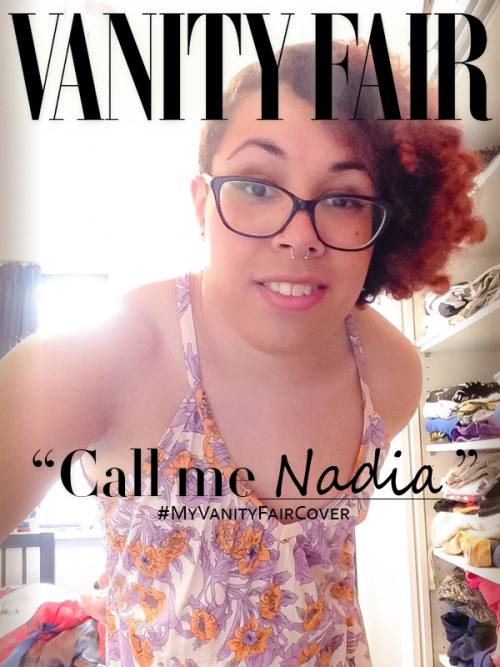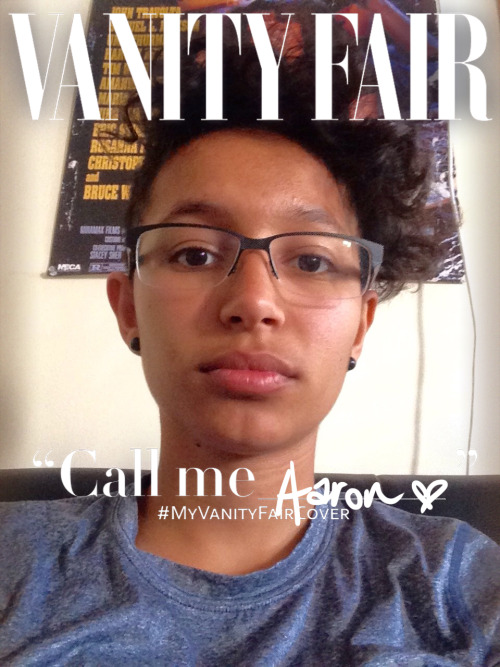Elinor Burkett wrote a think piece for today’s New York Times.
She asks if women and men have different brains, and notes that an affirmative answer to that question has been known to elicit heated dissent.
But when Bruce Jenner said much the same thing in an April interview with Diane Sawyer, he was lionized for his bravery, even for his progressivism.
“My brain is much more female than it is male,” he told her, explaining how he knew that he was transgender.
This was the prelude to a new photo spread and interview in Vanity Fair that offered us a glimpse into Caitlyn Jenner’s idea of a woman: a cleavage-boosting corset, sultry poses, thick mascara and the prospect of regular “girls’ nights” of banter about hair and makeup. Ms. Jenner was greeted with even more thunderous applause.
And some doubts or questions or amplifications, from Laverne Cox for instance.
And from Burkett.
A part of me winced.
I have fought for many of my 68 years against efforts to put women — our brains, our hearts, our bodies, even our moods — into tidy boxes, to reduce us to hoary stereotypes. Suddenly, I find that many of the people I think of as being on my side — people who proudly call themselves progressive and fervently support the human need for self-determination — are buying into the notion that minor differences in male and female brains lead to major forks in the road and that some sort of gendered destiny is encoded in us.
There’s a tension. I’ve said that before, and I might say it again. There’s a tension between the idea that gender is socially constructed and we get to shape it any way we want to, and the idea that it’s firmly binary and we are one or the other with no overlap or shaping allowed. This whole thing is just riddled with tensions, and it’s not transphobic to try to think about them.
That’s the kind of nonsense that was used to repress women for centuries. But the desire to support people like Ms. Jenner and their journey toward their truest selves has strangely and unwittingly brought it back.
It has, and that’s one thing that some feminists feel uneasy about. It’s not transphobic or trans-excluding to say that.
Brains are a good place to begin because one thing that science has learned about them is that they’re in fact shaped by experience, cultural and otherwise. The part of the brain that deals with navigation is enlarged in London taxi drivers, as is the region dealing with the movement of the fingers of the left hand in right-handed violinists.
“You can’t pick up a brain and say ‘that’s a girl’s brain’ or ‘that’s a boy’s brain,’ ” Gina Rippon, a neuroscientist at Britain’s Aston University, told The Telegraph last year. The differences between male and female brains are caused by the “drip, drip, drip” of the gendered environment, she said.
Along with a bunch of other drip drip drips. The gendered environment is obviously not the only one, but it’s equally obviously one.
THE drip, drip, drip of Ms. Jenner’s experience included a hefty dose of male privilege few women could possibly imagine. While young “Bruiser,” as Bruce Jenner was called as a child, was being cheered on toward a university athletic scholarship, few female athletes could dare hope for such largess since universities offered little funding for women’s sports. When Mr. Jenner looked for a job to support himself during his training for the 1976 Olympics, he didn’t have to turn to the meager “Help Wanted – Female” ads in the newspapers, and he could get by on the $9,000 he earned annually, unlike young women whose median pay was little more than half that of men. Tall and strong, he never had to figure out how to walk streets safely at night.
Those are realities that shape women’s brains.
By defining womanhood the way he did to Ms. Sawyer, Mr. Jenner and the many advocates for transgender rights who take a similar tack ignore those realities. In the process, they undermine almost a century of hard-fought arguments that the very definition of female is a social construct that has subordinated us. And they undercut our efforts to change the circumstances we grew up with.
In other words, some trans women embrace the very definitions of “woman” that feminists have been trying to shake off for (I would say) well over a century.
The “I was born in the wrong body” rhetoric favored by other trans people doesn’t work any better and is just as offensive, reducing us to our collective breasts and vaginas. Imagine the reaction if a young white man suddenly declared that he was trapped in the wrong body and, after using chemicals to change his skin pigmentation and crocheting his hair into twists, expected to be embraced by the black community.
I have; I have tried to imagine that. It makes me cringe every time. Why would it be so cringe-worthy? Because the young (or old) white man (or woman) would not have had the experience of being seen and treated as a black person.
But that ship has sailed. Fine; I wish it a safe voyage, a safe and happy and scenic voyage. But I would like to go on being able to ask searching questions about gender and the status of women. I would like to go on being able to talk about women.
Even the word “woman” has come under assault by some of the very people who claim the right to be considered women. The hashtags #StandWithTexasWomen, popularized after Wendy Davis, then a state senator, attempted to filibuster the Texas Legislature to prevent passage of a draconian anti-abortion law, and #WeTrustWomen, are also under attack since they, too, are exclusionary.
“Abortion rights and reproductive justice is not a women’s issue,” wrote Emmett Stoffer, one of many self-described transgender persons to blog on the topic. It is “a uterus owner’s issue.” Mr. Stoffer was referring to the possibility that a woman who is taking hormones or undergoing surgery to become a man, or who does not identify as a woman, can still have a uterus, become pregnant and need an abortion.
Accordingly, abortion rights groups are under pressure to modify their mission statements to omit the word woman, as Katha Pollitt recently reported in The Nation. Those who have given in, like the New York Abortion Access Fund, now offer their services to “people” and to “callers.” Fund Texas Women, which covers the travel and hotel expenses of abortion seekers with no nearby clinic, recently changed its name to Fund Texas Choice. “With a name like Fund Texas Women, we were publicly excluding trans people who needed to get an abortion but were not women,” the group explains on its website.
I think it’s ok for people who provide services to make sure they’re not accidentally excluding trans people. It’s when we’re talking about (and/or working on) the politics of abortion that I think we really need to go on talking about women, because the politics of abortion is inextricably linked to the subordination of women.
The landscape that’s being mapped and the language that comes with it are impossible to understand and just as hard to navigate. The most theory-bound of the trans activists say that there are no paradoxes here, and that anyone who believes there are is clinging to a binary view of gender that’s hopelessly antiquated. Yet Ms. Jenner and Ms. Manning, to mention just two, expect to be called women even as the abortion providers are being told that using that term is discriminatory. So are those who have transitioned from men the only “legitimate” women left?
Are trans women better (truer) feminists than cis women?
The struggle to move beyond such stereotypes is far from over, and trans activists could be women’s natural allies moving forward. So long as humans produce X and Y chromosomes that lead to the development of penises and vaginas, almost all of us will be “assigned” genders at birth. But what we do with those genders — the roles we assign ourselves, and each other, based on them — is almost entirely mutable.
If that’s the ultimate message of the mainstream of the trans community, we’ll happily, lovingly welcome them to the fight to create space for everyone to express him-, her- or, in gender neutral parlance, hir-self without being coerced by gendered expectations. But undermining women’s identities, and silencing, erasing or renaming our experiences, aren’t necessary to that struggle.
Bruce Jenner told Ms. Sawyer that what he looked forward to most in his transition was the chance to wear nail polish, not for a furtive, fugitive instant, but until it chips off. I want that for Bruce, now Caitlyn, too. But I also want her to remember: Nail polish does not a woman make.
Nor does the absence of nail polish make a man. I was fascinated by the paraphernalia of Being a Grownup Woman when I was a child, but once I was old enough to start deploying it for real, I got sick of it in a heartbeat. Some women like it; some don’t. Drip, drip, drip.
(This is a syndicated post. Read the original at FreeThoughtBlogs.)




